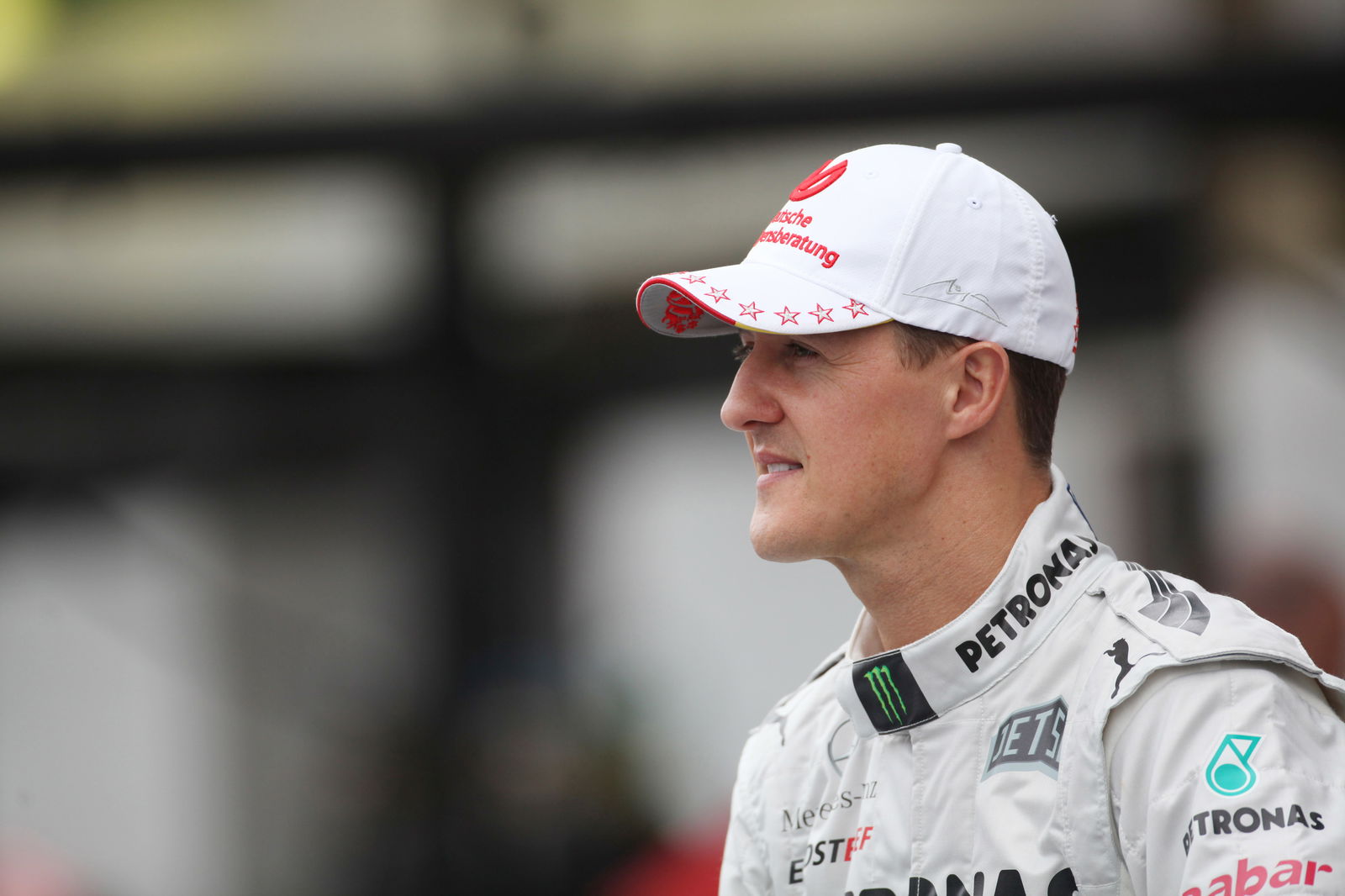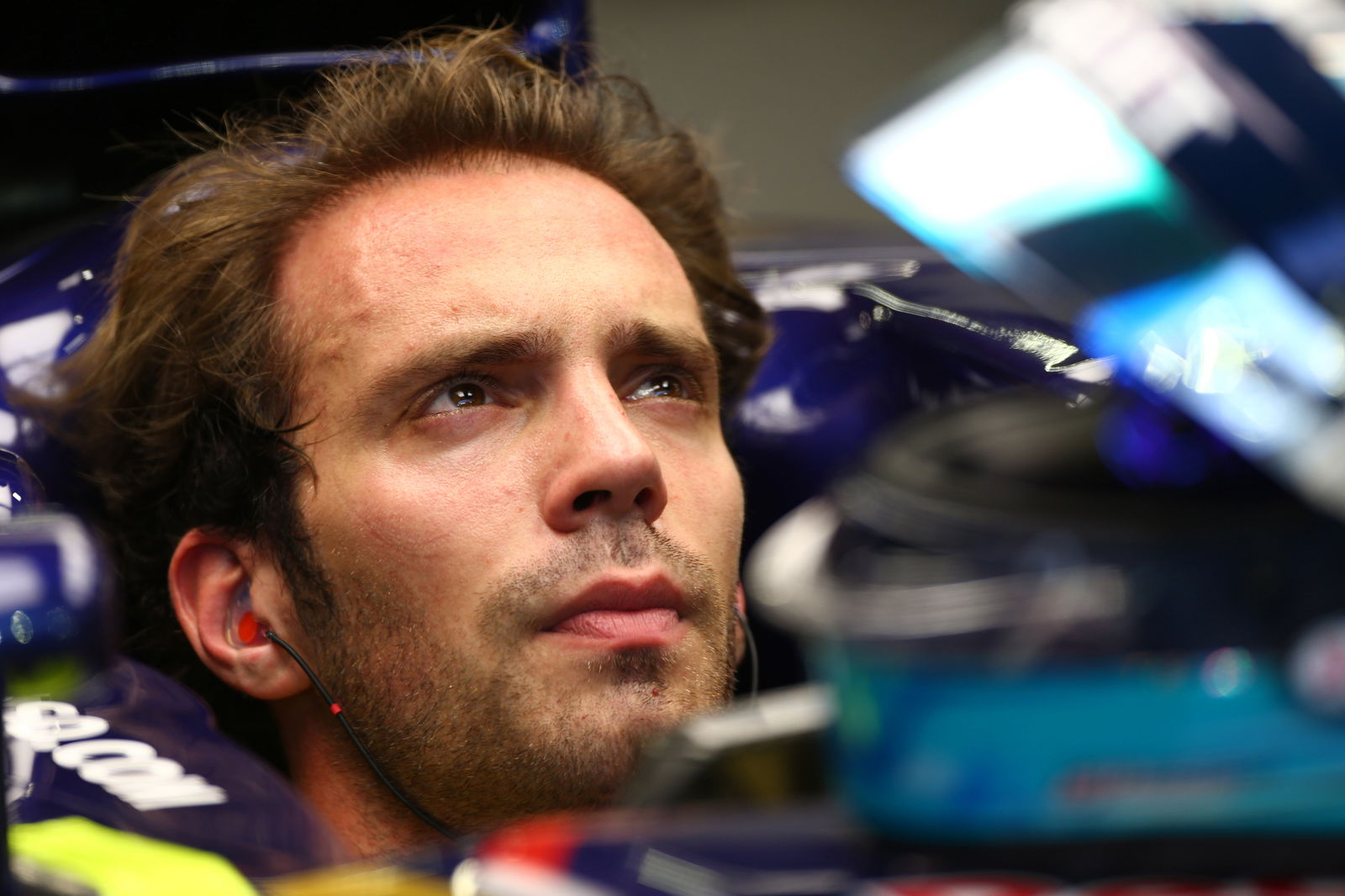How Liberty's 'festival' vision can transform F1... and not just for fans

By Josh KruseFollow @JoshKruseF1 on Twitter
It wasn't just the teams bringing a raft of updates for the Spanish Grand Prix, there was plenty of new spectacle on show as Liberty Media tested the waters with its new fan-friendly ethos intended transform F1 events into F1 festivals.
It's been clear from the moment Liberty Media put pen to paper on its $8 billion purchase of the sport that its priority is to bolster the sport beyond the racing by ensuring entertainment is enjoyed off track as well as on it, as well as put the effort into increasing accessibility, promotion and awareness.
We saw hints of change in the opening four rounds, but it was particularly evident during the Spanish Grand Prix weekend. In fact, you couldn't turn without being reminded of Liberty Media's facelifted brand of F1.
 |
Upon entering the paddock on Thursday, a new pop-up Heineken bar joined the motorhome train advertising 0% alcohol for F1 personnel. Of course, once word spread that full-strength Heineken was also available on tap, the bar's popularity increased as many perched themselves on the hangout benches soaking up the Spanish sunshine.
The bar's purpose wasn't simply to pamper invited members of the paddock either. It provided a space for anyone working in F1 and their guests to relax and mingle to create a more relaxed atmosphere and bring different walks together in one common space. After all, anyone in the media knows the best conversations occur over a tipple...
We stayed professional and tee-total of course - until sunset anyway...
Indeed, relaxing within the F1 environment is seen as a key element towards fan engagement. It's a slow process, but fans are gradually being granted more access to meet and greet the drivers, as well as promote opportunities to tour the F1 paddock with competitions and tempting deals, and new for this weekend, take a ride in a two-seater F1 car.
"I think the interaction with the fans was definitely better," Lewis Hamilton said. "Like what they've done with the entry to the paddock, some fans could come and be close in."
"We've just got to keep coming up with ideas to try and bring people in and not seclude them. This is a sport where you just can't really get very close and the pit lane walkabout was really great but we somehow need to do more."
The inner sanctum of the F1 paddock is a privileged place for anyone able to use their chipped passes to get through the security gates, but it has had the effect of making the sport appear 'us and them' at times.
Though Liberty Media is unlikely to the open up the paddock to make it widely accessible - like MotoGP for instance -, there is certainly more encouragement to go for that 'once-in-a-lifetime' experience.
 |
Silverstone organisers have already taken advantage of Liberty Media's changes and prepared 10 paddock passes to be won at this year's British GP, making the dream of walking amongst drivers and team personnel seem far closer to reality than it has been for a long time.
Then there were the tears.
Shortly after footage of a crying Kimi R?ikk?nen fan was beamed around the world following the Finn's retirement from the race, pictures of six-year-old Thomas began emerging online as the young boy from France was invited into the paddock to meet his hero in the Ferrari hospitality.
Whether this gesture-in-kind would have occurred during the old regime we won't know (but can certainly speculate...) yet this was a well-timed viral moment for F1 at a time when it needs to rely on more than just the racing to generate traction.
The figures make for some interesting reading. The Facebook post of Thomas' paddock experience reached 2.5 million users, while it hit 827,000 accounts on Instagram, and this was calculated just in the few hours after the race and doesn't include column inches both online and in print. Both toppled the strongest performing Twitter post of the race result which registered 660,000 impressions.
The Spanish GP itself recorded an increase of attendees over the three days by 8 per cent on the 2016 figure, with 178,000 race fans coming through the gates compared to 165,000 a year earlier. While this can largely be attributed to the competitive start to the season F1 has enjoyed with a neck and neck contest between Mercedes and Ferrari unfolding - not to mention the everlasting appeal of Fernando Alonso regardless of form -, fans who made it out to the Circuit de Catalunya were treated to a plethora of activities driven by organisers to raise smiles... and generate social media activity.
"A combination of the amazing crowds, an adrenaline packed race and the launch of our latest F1 Experiences has made this weekend's Grand Prix one of the most successful and engaging this year," commercial operations director Sean Bratches said.
"I'm also very proud to see our teams on the ground take the initiative to turn the worries of a young fan like Thomas Danel, following a dangerous event on the track, into a positive and memorable experience with his hero."
 |
A dedicated fan zone was setup to give fans and children a better experience when attending a race weekend. Fans could try their hand at Pirelli's pit stop challenge, get behind an F1 simulator and race others, and take a 200m zip line ride which gave punters a bird's-eye view of the track and the F1 paddock.
We have seen elements of these activities in the past, but never have they been so co-ordinated.
F1 teams are also getting into the spirit, helped significantly by the relaxing of rules with regards to distributing moving images as they take to social media to film behind-the-scenes, offer driver messages straight to fans and offer a greater insight into the intricacies of a race weekend.
Now we're seeing more creative promotions and competitions, such as Williams Racing's offer to sleep in the garage overnight, while McLaren has taken things further and sent out a challenge to all gamers to win a one-year contract with the team as an official simulator driver.
More to the point, both are in association with Airbnb and Logitech respectively, two huge global companies capitalising on the loosening of the commercial reins to bring sponsorship, contribute to promotion and appeal to a wide fan audience.
Fans may be at the heart of Liberty's F1 vision, but it will ultimately pique the interest of new sponsors keen to capitalise on this fresh angle. This is even before the expected calendar shake-up to re-energise the F1 image to the vast and largely untapped American audience.
Whilst 'revolution' is perhaps not quite the correct term to describe the changes (yet), there is wisdom in Liberty Media's evidently conscious decision not to meddle in the racing itself, but simply ensure it is promoted as the main event, albeit not the only one.
It's not quite a 'Superbowl' spectacle yet and it must be said some of the gimmicks didn't work quite so well, but Liberty Media is clearly working to the premise of inclusiveness to welcome a raft of ideas from commercial enterprises. After all, journalists will continue to promote the racing, but in this social media age it is the revenue-driving fans that ultimately promote the fan experience on Facebook, Twitter, Instagram and Snapchat et al.
Bernie Ecclestone has already said his primary function in F1 was to make money and while it would be naive to think Liberty Media doesn't have the same objective, at least it wants to do so with the fans in tow rather than at the expense of them...

